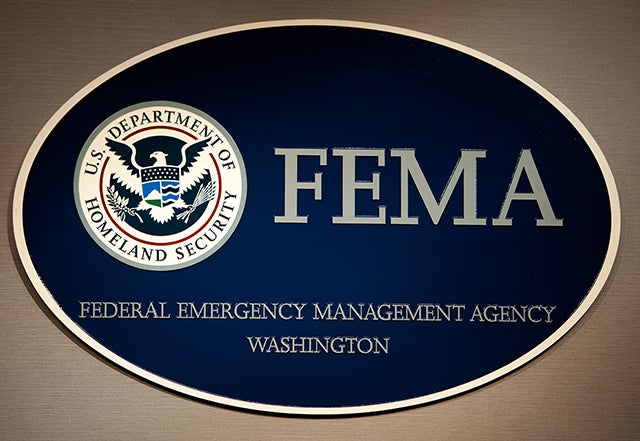Federal Disaster Relief Spending Out of Control
Matt Mayer /
The world’s second-largest reinsurer, Swiss Re, reports “that natural catastrophes and man-made disasters cost the insurance industry $77 billion in 2012.”
The report noted this figure covered “more than 300 catastrophes and disasters caus[ing] the loss of 14,000 lives and $186 billion.” These disasters included many of the 112 events for which the Federal Emergency Management Agency (FEMA) issued a declaration and provided aid.
Last fall’s Hurricane Sandy, the report said, “accounted for $35 billion of insured losses.” For perspective, the disaster relief package approved by Congress allocated over $60 billion, nearly twice as much as the entire privately insured payment.
How is that possible? How is the entire privately insured loss substantially less than just the “losses” covered by FEMA? Because FEMA is incapable of ensuring a significant amount of those funds won’t be wasted.
There is a significant amount of waste, fraud, and abuse in FEMA disaster relief. Heritage detailed the pork components of the Hurricane Sandy package, including the fishery funding in Alaska and the roof funds for the Smithsonian in Washington, D.C.
As reported by Fox News, “Federal investigators said Wednesday that as much as $700 million in federal aid intended to help some 24,000 Louisiana families elevate their homes after Hurricanes Katrina and Rita in 2005 may have been misspent.” If you think Hurricane Katrina was an anomaly, peruse the U.S. Department of Homeland Security’s Office of Inspector General’s webpage for FEMA reports. You’ll find that waste, fraud, and abuse of FEMA funds is as commonplace as spring floods in Iowa; summer fires in Texas, Colorado, and California; winter snowstorms in New England; and tropical storms in the Gulf Coast.
With such documented profligate spending, if we can’t make simple reforms to FEMA, how do we expect to tackle the even bigger federal spending problems?

